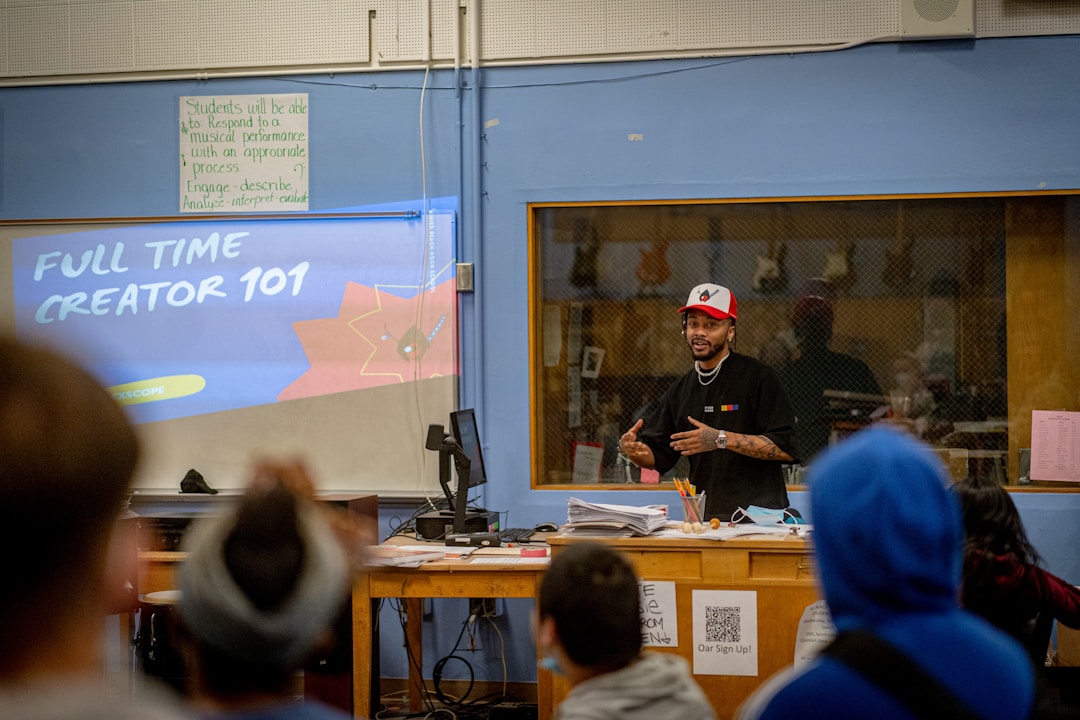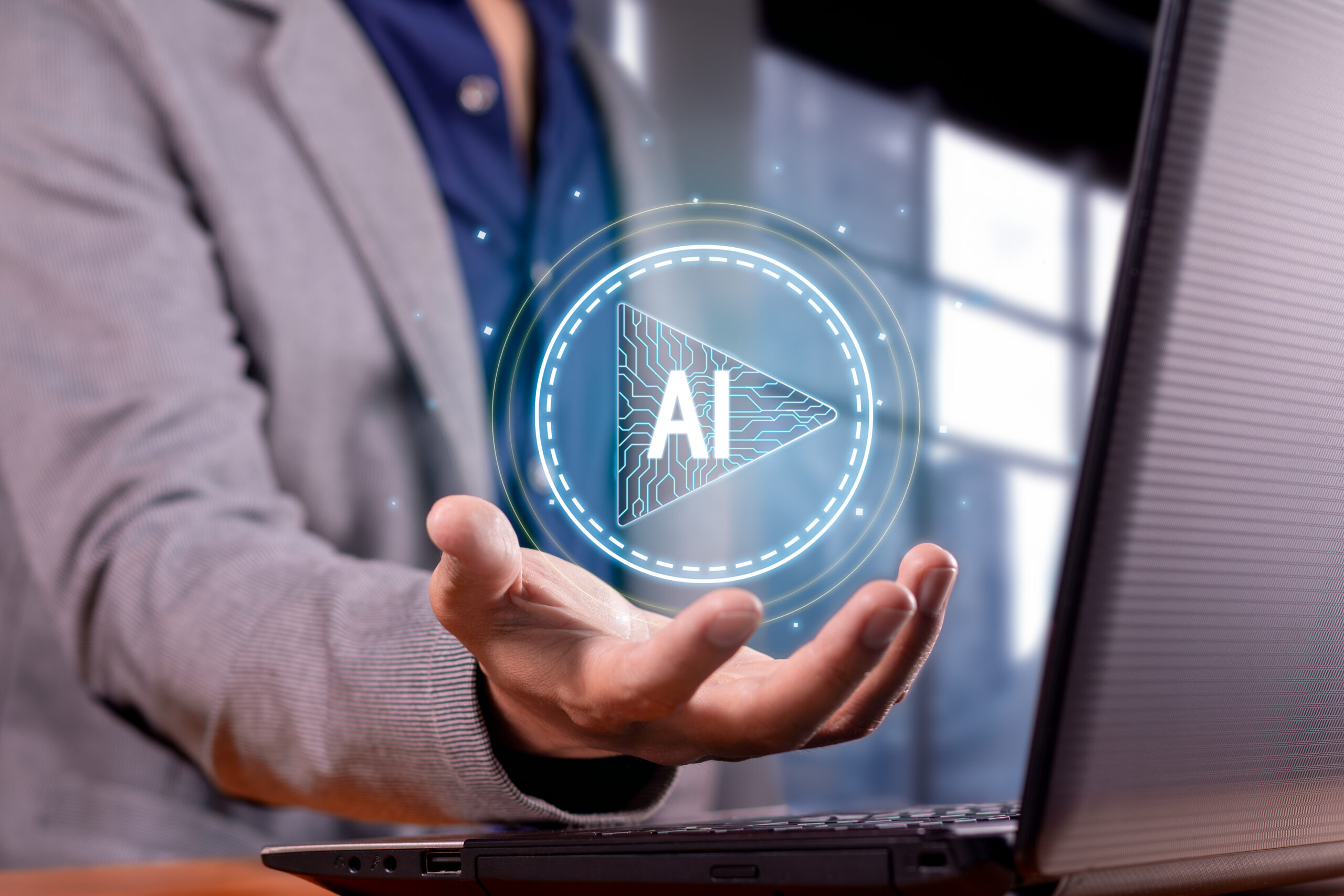How To Use an AI Course Creation Tool
The education technology landscape is rapidly evolving, and AI course creation tools are at the forefront of this transformation. These tools empower educators and course creators with the ability to design compelling, personalized, and scalable online courses. The versatility of AI-driven platforms can enhance the learning experience and streamline content development processes. For educators looking to embrace this cutting-edge technology, understanding how to use an AI course creation tool effectively is essential. This article will guide you through the key aspects of leveraging AI for course creation.
AI Course Creation Tools: The Future of EdTech

AI course creation tools are sophisticated platforms that utilize artificial intelligence to assist in developing and deploying online courses. These tools can analyze vast amounts of data to provide insights into learning patterns, which in turn helps customize content to meet individual learner needs. Additionally, AI can automate several aspects of the course creation process, such as grading and feedback, freeing up valuable time for educators.
Integrating AI in education technology is not just a trend but a sustainable move toward more interactive and personalized learning. AI tools can cater to various learning styles and identify student knowledge gaps, recommending tailored materials accordingly. This level of customization ensures that each student can learn at their own pace and in the way that benefits them the most.
These tools are not meant to replace educators but to augment their capabilities. With AI assistance, educators can focus more on the creative and interactive elements of teaching. There’s less time spent on repetitive administrative tasks and more on engaging with students. Furthermore, AI course creation tools can scale to accommodate any number of students, making education more accessible and inclusive.
Exploring the Features and Capabilities of AI Course Creators

One of the pivotal features of AI course creation tools is their ability to generate and curate content. Leveraging machine learning algorithms, these platforms can suggest reading materials and resources and create quizzes and assignments based on the course objectives. This can significantly reduce the time it takes to build a comprehensive curriculum.
Accessibility features are another hallmark of AI course creation tools. They enhance the course with automatic transcriptions for videos, effortlessly turning speech into text. This not only makes content more accessible but also boosts comprehension for learners who might prefer reading to listening. Some platforms even offer multi-language support, translating course material for international audiences.
Furthermore, AI tools for course creation often include intelligent analytics systems. These systems track learner performance and engagement, providing invaluable data to course creators. With these insights, educators can fine-tune their courses to better align with learner outcomes. The ability to understand which parts of a course are most challenging for learners can dictate where additional resources are needed.
Step-by-Step Guide to Designing Your First Course with AI
Designing a course with an AI tool starts with defining clear learning objectives. These objectives serve as the foundation for the AI to generate relevant content and assessments. Establishing what students should learn by the end of the course will guide the AI in curating the appropriate materials and activities.
Once the objectives are set, the next step is to input your existing materials into the AI tool. This can include lecture notes, slides, multimedia content, and additional reading resources. The AI can analyze these materials to enhance or suggest additional supporting content. Course creators can control the course’s material selection and flow throughout this process.
Interaction with students is a crucial part of any learning experience. With AI course creators, educators can design interactive elements within their courses. AI can suggest quizzes, interactive simulations, and discussion prompts based on the content. These elements are designed to keep students engaged and to reinforce their learning.
Feeding back into the design process is crucial to developing an effective course. Testing out segments of the course and gathering initial feedback can help the AI and the educator understand what works and what needs improvement. As the course is iterated upon, the AI will continue to learn and provide increasingly relevant suggestions for enhancement.
Overall, integrating AI into course creation promises a more powerful, personalized, and effective educational experience for educators and learners. By leveraging the capabilities of AI, educators can focus on what they do best—teaching and engaging with students—while the AI handles the particulars of content optimization, analytics, and ongoing course improvement. The future of tech is here, powered by intelligent systems designed to give learners the best possible education.




